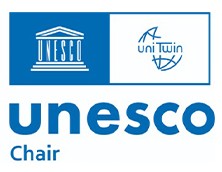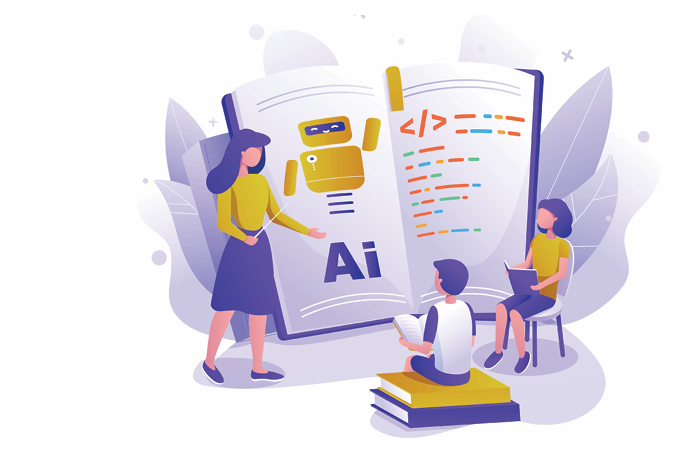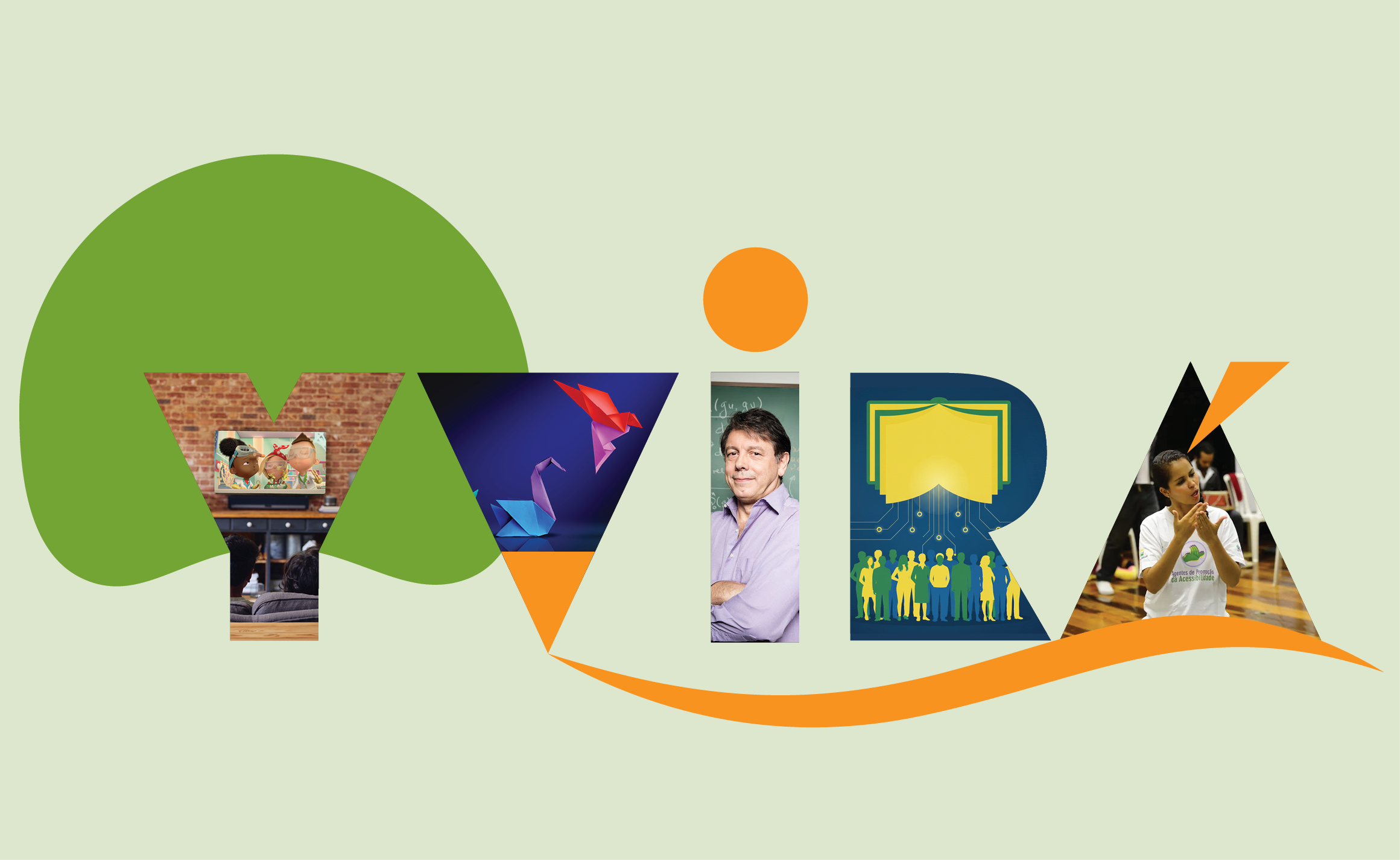Edmundo de Souza e Silva
Engineer, professor and researcher
COPPE, Universidade Federal do Rio de Janeiro
There are currently numerous AI tools designed for teaching and learning. Some university websites list more than a hundred educational tools.
In addition to saving time, these tools can help generate new ideas for teaching, allowing educators to focus on creating an interactive and creative environment for students.
AI gives us more time to explore, question, and create. It is not a substitute for curiosity, dialogue, or creativity.
JULY/AUGUST 2025 | nº2 As a product of cutting-edge science, artificial intelligence must be translated into accessible, ethical and pedagogically sound practices
Edmundo de Souza e Silva
Engineer, professor and researcher
COPPE, Universidade Federal do Rio de Janeiro
Let’s imagine that a teacher needs to prepare a set of lessons on a topic, whatever it may be, for example, “gravity”. So, our colleague types in a common search engine: “gravity in Physics for high school students”, or similar keywords. What is obtained is a huge amount of content, some reliable, others not, and it will still be necessary to choose which of these are appropriate for the age of the students, which are correct and pedagogically useful. Then comes the task of preparing slides, finding illustrative figures and creating classroom activities. Even for a well-known topic, a lot of time is usually spent on this task.
Our colleague has heard a lot about artificial intelligence (AI). Perhaps he has already tried a chatbot for personal tasks. You’ve also heard that many students are using AI tools to solve school assignments and heard several people discussing the existence of websites that teach how to cheat to solve homework exercises. What conclusion should you draw from this confusion?
Since the end of 2022, after the public launch of ChatGPT, AI has broken historical records for the adoption of an emerging technology. Although research in the area has been ongoing for many decades, recent advances have dramatically accelerated technology, allowing its adoption in the daily lives of ordinary citizens. AI tools are widely available and their impact on the media, education and society has been remarkable.
There are currently numerous AI tools designed for teaching and learning. Some university websites list more than a hundred educational tools, such as Khanmigo, from Khan Academy, and new ones appear every day. On this link from Stanford University, in the United States, there is relevant material for all tastes, with information on AI, workshops and lectures. There are platforms that help with lesson planning, generate activities and assessments for a class based on learning objectives, automate the correction and evaluation of texts, provide study guides and assist with writing in general.
In addition to saving time, these tools can help generate new ideas for teaching, allowing educators to focus on creating an interactive and creative environment for students. AI applications also help teachers and students summarize complex content, generate presentations and answer questions about materials submitted to them, such as PDFs or “links” to web pages.
Some platforms can create timelines, extract the main ideas of learning content, or even produce audio summaries of these materials. In more creative applications, it is possible to interact with AI as if it were Newton, Einstein or Socrates. In this way, it allows students to explore history and science in a way that stimulates dialogue, critical thinking and curiosity.
Since the end of 2022, after the public launch of ChatGPT, AI has broken historical records for the adoption of an emerging technology. Although research in the area has been ongoing for many decades, recent advances have dramatically accelerated technology, allowing its adoption in the daily lives of ordinary citizens. AI tools are widely available and their impact on the media, education and society has been remarkable.
There are currently numerous AI tools designed for teaching and learning. Some university websites list more than a hundred educational tools.
Such as Khanmigo, from Khan Academy, and new ones appear every day. On this link from Stanford University, in the United States, there is relevant material for all tastes, with information on AI, workshops and lectures. There are platforms that help with lesson planning, generate activities and assessments for a class based on learning objectives, automate the correction and evaluation of texts, provide study guides and assist with writing in general.
In addition to saving time, these tools can help generate new ideas for teaching, allowing educators to focus on creating an interactive and creative environment for students. AI applications also help teachers and students summarize complex content, generate presentations and answer questions about materials submitted to them, such as PDFs or “links” to web pages.
Some platforms can create timelines, extract the main ideas of learning content, or even produce audio summaries of these materials. In more creative applications, it is possible to interact with AI as if it were Newton, Einstein or Socrates. In this way, it allows students to explore history and science in a way that stimulates dialogue, critical thinking and curiosity.
Bridging Science and Education
Speaking of Socrates, it is possible to design a lesson based on Socratic questioning using AI applications. In this way, AI would act as an opponent in dialogue or as a research assistant in learning activities, helping students collaborate, guiding groups in research tasks, or serving as a reflective partner while students evaluate AI-generated answers.
In addition to answering questions, AI can adapt to the user’s background and knowledge level. A student can receive basic explanations, while a teacher can request in-depth approaches. Virtual tutors and chatbots can enhance learning through real-time interaction.
This broad applicability of AI illustrates an important point: it has never been so easy to build a bridge between science and education. AI makes it easier to understand scientific content, supports students of all levels, and allows educators to integrate advances in any field into their teaching.
However, to use these tools effectively, both students and teachers must develop “AI literacy.” The concept goes beyond learning about what AI can do. It involves understanding how to interact with it in a reflective and strategic way. One of the main skills is the formulation of clear and structured commands that guide it to produce relevant and accurate responses.
At the same time, the integration of AI into education must be grounded in scientific thinking. Science values analytical reasoning, hypothesis formulation and testing, data collection, and evidence-based conclusions. All these processes are aligned with how AI models are trained. When used in the classroom, AI does not simply deliver content; it can provide opportunities for students to engage in processes that mirror the scientific method itself.
In addition, students and teachers must understand the limitations, risks, and biases of AI. Science promotes critical inquiry, which is essential for the informed use of AI tools. Similarly to what scientists do, students and teachers must learn to question the content generated by AI tools, creating a learning environment in which technology acts as a partner in reflective and evidence-based education.
Bridging Science and Education
Speaking of Socrates, it is possible to design a lesson based on Socratic questioning using AI applications. In this way, AI would act as an opponent in dialogue or as a research assistant in learning activities, helping students collaborate, guiding groups in research tasks, or serving as a reflective partner while students evaluate AI-generated answers.
In addition to answering questions, AI can adapt to the user’s background and knowledge level. A student can receive basic explanations, while a teacher can request in-depth approaches. Virtual tutors and chatbots can enhance learning through real-time interaction.
This broad applicability of AI illustrates an important point: it has never been so easy to build a bridge between science and education. AI makes it easier to understand scientific content, supports students of all levels, and allows educators to integrate advances in any field into their teaching.
However, to use these tools effectively, both students and teachers must develop “AI literacy.” The concept goes beyond learning about what AI can do. It involves understanding how to interact with it in a reflective and strategic way. One of the main skills is the formulation of clear and structured commands that guide it to produce relevant and accurate responses.
At the same time, the integration of AI into education must be grounded in scientific thinking. Science values analytical reasoning, hypothesis formulation and testing, data collection, and evidence-based conclusions. All these processes are aligned with how AI models are trained. When used in the classroom, AI does not simply deliver content; it can provide opportunities for students to engage in processes that mirror the scientific method itself.
In addition, students and teachers must understand the limitations, risks, and biases of AI. Science promotes critical inquiry, which is essential for the informed use of AI tools. Similarly to what scientists do, students and teachers must learn to question the content generated by AI tools, creating a learning environment in which technology acts as a partner in reflective and evidence-based education.
Ethical and reflective guidance
AI has an extraordinary potential to transform education at all levels. However, it cannot replace human creativity, critical thinking, empathy, and the professional judgment of a qualified educator. Content generated by AI tools may seem compelling, but it can also contain errors, convey misinformation with apparent reliability, or encourage superficial engagement with complex topics.
There are also serious concerns about plagiarism and intellectual stagnation, as students may end up avoiding the learning process by taking shortcuts. Furthermore, AI chatbots, despite their sophistication, can convey the illusion of consciousness or emotional connection, which can negatively impact students’ mental and emotional development.
This is why educators must guide students in the use of AI in an ethical and reflective way. AI gives us more time to explore, question, and create. It is not a substitute for curiosity, dialogue, or creativity. It is an immensely powerful tool, but it should be used to enhance, not replace, the learning process. The challenge is social.
When effectively integrated into the learning environment, technology has the potential to democratize access to education and enrich the learning experience. However, if we fail to develop the skills to use these tools efficiently, we run the risk of creating a country where only a few benefit from AI, while many are left behind.
The Brazilian Academy of Sciences has already highlighted the numerous benefits and challenges related to the use of AI in education and emphasizes that urgent action is needed to ensure that this technology becomes a tool for inclusion and empowerment.
In this context, building a bridge between science and education becomes more urgent than ever. AI, as a product of cutting-edge science, must be translated into accessible, ethical, and pedagogically sound practices. This bridge allows scientific innovation to empower educators and reach students from all regions and socioeconomic backgrounds.
It is the bridge between science and education that Brazil must help build.
There are also serious concerns about plagiarism and intellectual stagnation, as students may end up avoiding the learning process by taking shortcuts. Furthermore, AI chatbots, despite their sophistication, can convey the illusion of consciousness or emotional connection, which can negatively impact students’ mental and emotional development.
This is why educators must guide students in the use of AI in an ethical and reflective way.
AI gives us more time to explore, question, and create. It is not a substitute for curiosity, dialogue, or creativity.
It is an immensely powerful tool, but it should be used to enhance, not replace, the learning process. The challenge is social.
When effectively integrated into the learning environment, technology has the potential to democratize access to education and enrich the learning experience. However, if we fail to develop the skills to use these tools efficiently, we run the risk of creating a country where only a few benefit from AI, while many are left behind.
The Brazilian Academy of Sciences has already highlighted the numerous benefits and challenges related to the use of AI in education and emphasizes that urgent action is needed to ensure that this technology becomes a tool for inclusion and empowerment.
In this context, building a bridge between science and education becomes more urgent than ever. AI, as a product of cutting-edge science, must be translated into accessible, ethical, and pedagogically sound practices. This bridge allows scientific innovation to empower educators and reach students from all regions and socioeconomic backgrounds.
It is the bridge between science and education that Brazil must help build.






